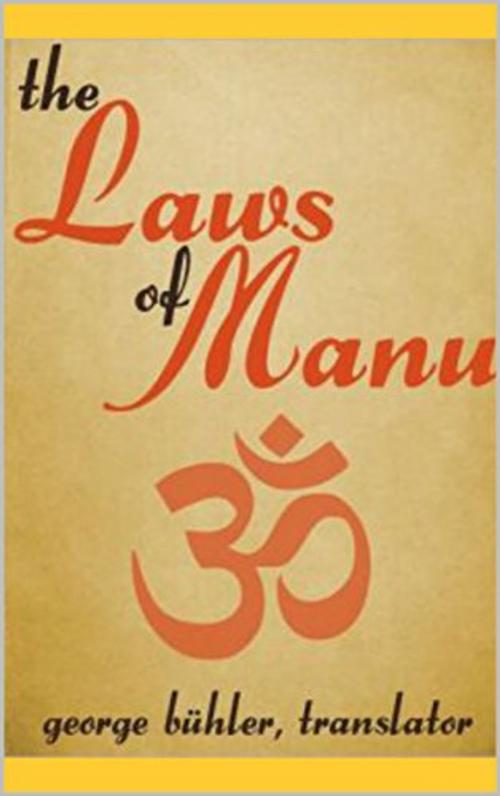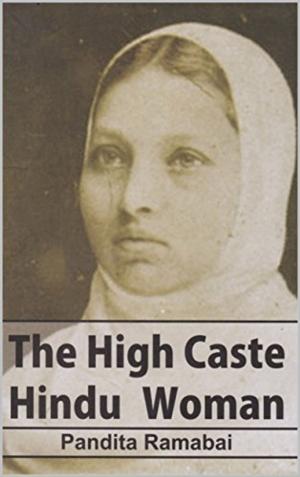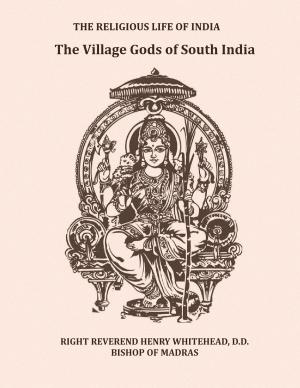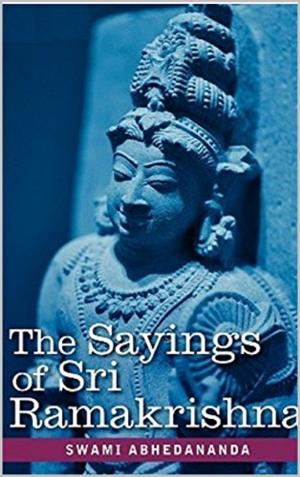| Author: | Georg Bühler | ISBN: | 1230001661163 |
| Publisher: | Kar Publishing | Publication: | April 29, 2017 |
| Imprint: | Language: | English |
| Author: | Georg Bühler |
| ISBN: | 1230001661163 |
| Publisher: | Kar Publishing |
| Publication: | April 29, 2017 |
| Imprint: | |
| Language: | English |
The Laws of Manu by Anonymous.
Translated by Georg Bühler
Pages - 427
Laws of Manu, Manu Samhita, Manu SmritiLaws of Manu, Manu Samhita, Manu Smriti, inaugural Here is Manu Samhita, an ancient work held in the highest reverence by orthodox adherents of Brahmanism. Its reputed author is the law-giver Manu (Sayambhuva), and samhita is Sanskrit for collection. The complete text consists of 12 chapters. The first edition of the English translation appeared in the series Sacred Books of the East, Volume 25, in 1886. The translator was Professor George Bühler. Words in round brackets in the text are his additions.
In Indian mythology Manu is the first man and the legendary author of an important Sanskrit code of law, this book, which is also known as Manu-smriti and Laws of Manu.
The name Manu is associated with "man, male", and sometimes to "think". In Hinduism Manu is known as the first king. Rulers of medieval India traced their genealogy back to him.
The epic poem Mahabharata says:
"Manu was endued with great wisdom and devoted to virtue. And he became the progenitor of a line. And in Manu's race have been born all human beings, who have, therefore, been called Manavas. And it is of Manu that all men including Brahmanas, Kshatriyas, and others have been descended, and are, therefore, all called Manavas. Subsequently, monarch, the Brahmanas became united with the Kshatriyas. And those sons of Manu that were Brahmanas devoted themselves to the study of the Vedas.
"The ten sons of Manu are known as Vena, Dhrishnu, Narishyan, Nabhaga, Ikshvaku, Karusha, Saryati, the eighth, a daughter named Ila, Prishadhru the ninth, and Nabhagarishta, the tenth. They all betook themselves to the practices of Kshatriyas. Besides these, Manu had fifty other sons on Earth. But we heard that they all perished, quarrelling with one another." [Mahabharata, Book 1: Adi Parva: Sambhava Parva: Section LXXV]
The Laws of Manu by Anonymous.
Translated by Georg Bühler
Pages - 427
Laws of Manu, Manu Samhita, Manu SmritiLaws of Manu, Manu Samhita, Manu Smriti, inaugural Here is Manu Samhita, an ancient work held in the highest reverence by orthodox adherents of Brahmanism. Its reputed author is the law-giver Manu (Sayambhuva), and samhita is Sanskrit for collection. The complete text consists of 12 chapters. The first edition of the English translation appeared in the series Sacred Books of the East, Volume 25, in 1886. The translator was Professor George Bühler. Words in round brackets in the text are his additions.
In Indian mythology Manu is the first man and the legendary author of an important Sanskrit code of law, this book, which is also known as Manu-smriti and Laws of Manu.
The name Manu is associated with "man, male", and sometimes to "think". In Hinduism Manu is known as the first king. Rulers of medieval India traced their genealogy back to him.
The epic poem Mahabharata says:
"Manu was endued with great wisdom and devoted to virtue. And he became the progenitor of a line. And in Manu's race have been born all human beings, who have, therefore, been called Manavas. And it is of Manu that all men including Brahmanas, Kshatriyas, and others have been descended, and are, therefore, all called Manavas. Subsequently, monarch, the Brahmanas became united with the Kshatriyas. And those sons of Manu that were Brahmanas devoted themselves to the study of the Vedas.
"The ten sons of Manu are known as Vena, Dhrishnu, Narishyan, Nabhaga, Ikshvaku, Karusha, Saryati, the eighth, a daughter named Ila, Prishadhru the ninth, and Nabhagarishta, the tenth. They all betook themselves to the practices of Kshatriyas. Besides these, Manu had fifty other sons on Earth. But we heard that they all perished, quarrelling with one another." [Mahabharata, Book 1: Adi Parva: Sambhava Parva: Section LXXV]















